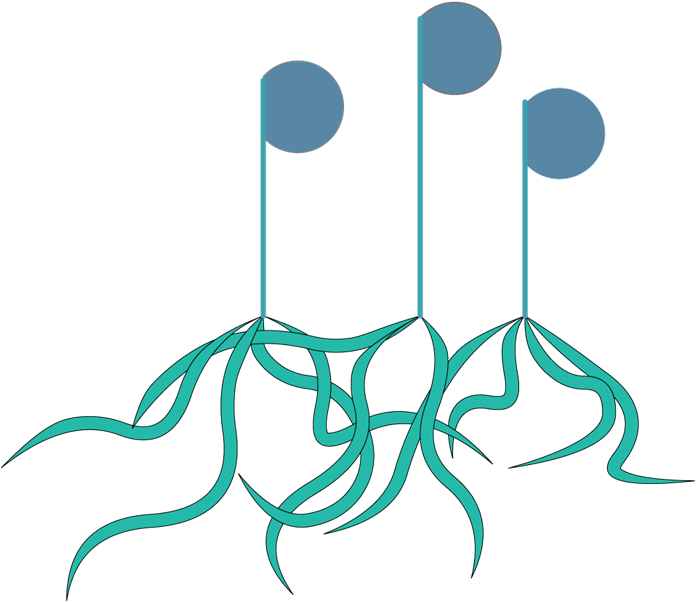Team:Cornell/project/wetlab
From 2013.igem.org
(Difference between revisions)
| Line 32: | Line 32: | ||
<br> | <br> | ||
<div class="twelve columns"> | <div class="twelve columns"> | ||
| - | <img src="https://static.igem.org/mediawiki/2013/4/44/Wheel.png"> | + | <center><img src="https://static.igem.org/mediawiki/2013/4/44/Wheel.png" style="max-height:none"></center> |
</div> | </div> | ||
Revision as of 03:26, 29 October 2013
Wetlab Overview
In order to improve Ecovative’s production efficiency and help standardize future fungal research, we developed a fungal toolkit of useful constructs for building complete genetic circuits. Our toolkit includes regulatory elements, selectable markers, fluorescent reporter characterization systems, as well as biosafety mechanisms. We have also explored different methods of transformation in order to successfully implement our constructs in fungi. We aimed to demonstrate the utility of our genetic circuit in expressing carotenoids and antifungals as potential real world applications. Carotenoid expression could allow affordable coloration of Organofoam without needing to add synthetic dyes. Antifungal expression would specifically inhibit the growth of contaminant molds in production batches, which would greatly enhance Ecovative’s production efficiency without needing to use harsh chemicals that would be nonspecific and toxic to the environment.




Selectable Markers were also crucial in determining successful transformants. Specifically, we are using the genes conferring resistance to hygromycin (hph), geneticin (nptII), and bialaphos (bar) because the corresponding antibiotics are reportedly effective against several species of basidiomycetes. Additionally, we have tested the sensitivity of G. lucidum to kanamycin, chloramphenicol, and ampicillin. Our toolkit includes resistance genes behind various promoters, and we have tested the functionality of our T7 promoter and hygromycin resistance construct using zone of inhibition assays.
For Characterization of our constructs, we utilized green fluorescent protein (GFP) and monomeric red fluorescent protein (mRFP). We cloned these behind several promoters to quantitatively determine their strength in bacterial and fungal chassis.
We utilized homologous recombination to insert our Homologous Constructs into fungal genomes. We placed our genes of interest between known regions of homology in order to increase its chances of being incorporated into the genome. The genes inserted into the homology flanking regions include trpc promoter, gpd promoter, T7 promoter, and the resistance genes hph and nptII.
We were able to achieve successful Fungal Transformation of several constructs into Cochliobolus by using homologous recombination though Protoplasting. We are also seeking to successfully transform into Ganoderma lucidum using the Agrobacterium-mediated transformation method.
We are also implementing a number of Biosafety measures within our toolkit, including a site-specific recombination system to target and remove antibiotic resistance genes and antifungal compounds in order to prevent their horizontal transfer into the environment. The strain we are seeking to develop would ensure that our strains would be safe to use in Ecovative’s sustainable biomaterials.
We are still working to introduce our Carotenoids constructs into fungi. We have thus far been successful in creating several T7-regulated composite parts for both fungal and bacterial expression of the carotenoid genes. We are similarly still working on the characterization of our Antifungal protein in fungi, as preliminary characterization in bacteria has been inconclusive.
We hope that our toolkit will help expand the accessibility of fungal genetic engineering to other researchers, companies, and iGEM teams.
 "
"







